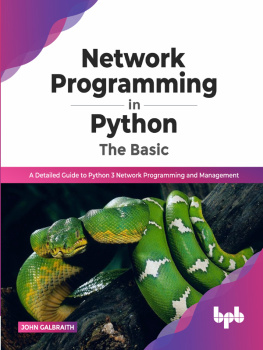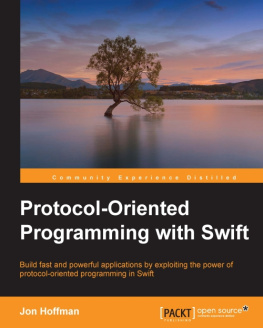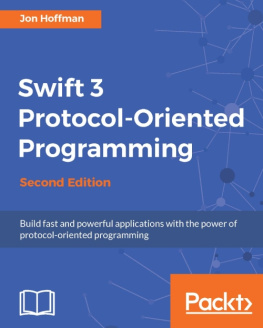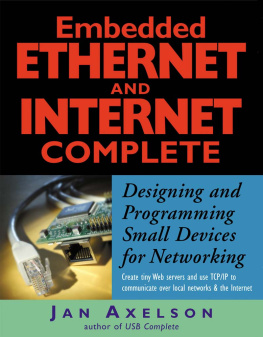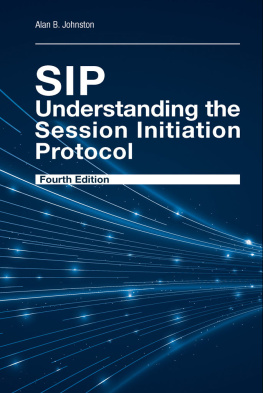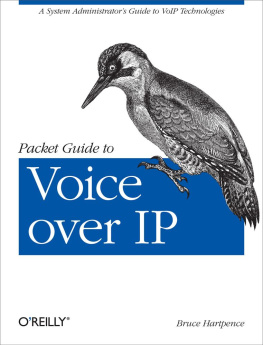Introduction
The Transmission Control Protocol (TCP) is designed to be used as a reliable protocol for communication between host computers in communication computer networks with packet switching, as well as in systems that combine such networks.
This document describes the functions that the transmission management protocol should perform, the program that implements the protocol, and its interface with programs or users who need its services.
1.1 Motivation
Computer communications systems are playing an increasingly important role in military, government and civilian applications. This document primarily highlights the requirements for computer communications in the military field, and especially for sustainability in the face of insufficient communication reliability and overload capabilities.
At a time when strategic and tactical networks of computer communications are emerging and disappearing, it is important to provide the means to combine them, as well as standard protocols of communication between processes that would support a wide range of applications. Anticipating the need for such standards, the Office of the Defence Secretariat for Research and Development presented the Transmission Control Protocol (TCP) protocol described here, based on the standardization of the DoD protocol of communication between processes.
TCP is a direct connectivity reliability protocol designed for a multi-layered hierarchy of protocols that support firewall applications. The TCP protocol ensures the reliability of communications between pairs of processes on host computers included in various computer communication networks, which are combined into a single system.
With regard to the reliability of lower-than-TCP protocols, very modest requests have been made. TCP suggests that it may get a simple, potentially unreliable service for its datagrams from lower-level protocols. In principle, the TCP protocol should be operational on a large set of communication systems, from cable connections to networks with switching packages or electrical circuits.
The TCP protocol is based on concepts first described by the authors Cerf and Kahn in TCP occupies a multi-level protocol architecture niche directly above the Internet protocol, which allows the TCP protocol to send and receive segments of variable-length information enclosed in the Internet datagram shell. The Internet datagram provides tools to address the sender and recipient of TCP segments on various networks. The Internet Protocol also performs any fragmentation and assembly of TCP segments required for transmission and delivery through multiple networks and intermediate gateways. The Internet Protocol also processes information about priority, security classification, and delineation of TCP segments. So this information can be transmitted directly through multiple networks.
Protocol levels |
Upper level |
TCP |
Internet |
Communications network |
Fig. 1
Most of this document is written in connection with the implementations of the TCP protocol, which, together with higher-level protocols, are present on the host computer. Some computer systems will be integrated into the network through the main computers containing TCP and Internet levels protocols, as well as specific network software.
The TCP specification describes its interface with higher-level protocols, which were feasible even in the case of the main computer, if the appropriate protocol of communication between the host computer and the main computer is implemented.
1.2 Target
The TCP protocol is required to provide a reliable service for inter-process communications in a multi-network system. The TCP protocol should be a general protocol for communication between host computers in multiple networks.
1.3 About this document
This document provides a description of the behavior expected of any implementation of the TCP protocol, as well as its interactions with both higher-level protocols and TCP protocols on other computers. The rest of this chapter gives a very brief overview of the protocol and its interfaces. Chapter 2 summarizes the ideological basis for the TCP protocol. Chapter 3 provides both a detailed description of the behavior required of the TCP protocol when different events appear (arrival of new segments, user request, errors, etc.) and descriptions of the details of TCP segment formats.
1.4 Interfaces
The TCP protocol interacts on the one hand with the user or application program, and on the other - with a lower-level protocol, such as the Internet protocol.
We explain the interface between the application process and the TCP protocol with acceptable detail. This interface consists of a set of calls that are similar to the operating system calls provided to the file management application process. For example, in this case, there are calls to open and close connections, to send and receive data on established connections. It is also expected that the TCP protocol will be able to interact asynchronously with applications. While TCP protocol developers are given considerable freedom to create interfaces that correspond to the properties of a particular operating system, any acceptable implementation requires some mandatory minimum interface functions between the TCP protocol and the user.
The interface between the TCP protocol and the lower-level protocols is much less given, except that there must be some mechanism by which the two levels can asynchronically communicate with each other. It is generally believed that the lower-level protocol sets this interface. The TCP protocol is designed to work with a very diverse environment of connected computer networks. This document assumes that the lower-level protocol is
1.5 Action
As mentioned earlier, the primary goal of the TCP protocol is to provide a reliable, secure service for logical chains or connections between pairs of processes. To provide such a service based on less reliable Internet communications, the system must have the capacity to work in the following areas:
- basic data transfer
- Reliability
- Thread management
- Channel separation
- Working with connections
- Priority and safety
The main actions of the TCP protocol in each of these areas are described in the following paragraphs.
Basic data transmission
TCP protocol is able to transmit continuous streams of octets between its customers in both directions, packing a certain number of octets into segments for transmission through Internet systems.
Sometimes users need to make sure that all the data they send to TCP has already been sent. Push is defined for this purpose. To make sure that the data sent to the TCP protocol is indeed transferred, the sender indicates that it should be pushed to the recipient.
Pushing results in TCP protocol programs immediately sending and, accordingly, obtaining the remaining data. Properly pushed can be invisible to the recipient, and the push function itself may not have a record boundary marker.
The
TCP Protocol should have protection against data destruction, This is achieved by assigning the next number to each transmitted octet, as well as the confirmation requirement (ACK) from the TCP program that receives the data.
Damages are recorded by adding a control amount to each transferable segment, checking it when receiving and then eliminating defective segments.
As long as TCP protocol programs continue to function correctly and the Internet system does not fall completely into components, forwarding errors will not affect the correct receipt of the data. The TCP protocol protects against Internet communications errors.
Next page


